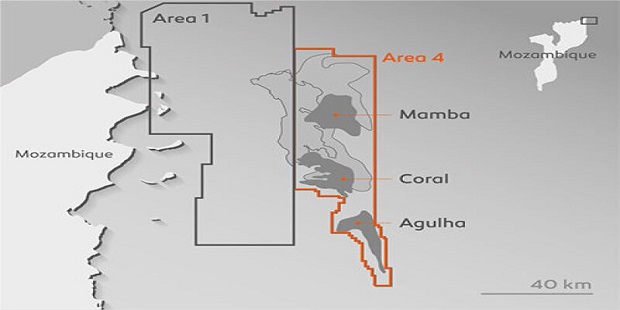Crude Oil Transportation Expected to Increase As EPF Ramps Up Production
Transportation of crude oil from the South Lokichar basin by truck is expected to normalize following the granting of regulatory approval from Energy and Petroleum Regulatory Authority (EPRA) (Formerly Energy Regulatory Commission) allowing the Amosing temporary production facility to be fully operational.
OilNews Kenya has learnt that EPRA granted the required licenses in early May allowing the commissioning of the early production facility (EPF) installed by Dubai based Almansoori Petroleum Company at the Amosing temporary facility with crude oil in storage having been exhausted hence the decline in transported volumes over the last month. The EPF will be used for oil and water separation, stabilization, storage and export

Transportation of crude oil from the South Lokichar basin by truck has to date evacuated 88000 barrels with trucks continuing to be dispatched according to Kenya joint venture (Blocks 10BB and 13T) partner Africa Oil. This is up from 70,000 barrels reported in February but clearly a sign of a slowdown in evacuation with an average of 6000 barrels transported per month in the last quarter as compared to 10,000 barrels transported in January and 30,000 barrels transported between November 2018 and January 2019 which has been attributed to lack of the regulatory approval earlier.
The project which commenced in June 2018 with the launch by the President Uhuru Kenyatta is on track to the first lifting of sweet Kenyan crude oil stored in Mombasa is expected in the second half of 2019 with granting of regulatory approval and once the Amosing temporary production facility is fully operational. According to Africa Oil this will enable the partners escalate to the 2,000 bopd set by the KJV partners.
The pilot scheme is expected to help the country transition into full production which is expected in phases a cost saving measure according to the joint venture as it will allow them to limit upfront capital expenditures while allowing a Kenyan export pipeline to move forward.
Meanwhile the KJV further reports that they continue to negotiate key commercial agreements with the Government of Kenya, expected to establish the commercial structure associated with field development. Upstream and midstream Front End Engineering and Design (“FEED”) studies (Blocks 10BB and 13T – Kenya) are being finalized and the Environmental and Social Impact Assessments (“ESIA”) remain on track for submission to the National Environmental Agency at the end of the second quarter.
Africa Oil has also reported that its intangible exploration expenditures during the three months ended March 31, 2019 incurred were up to Kshs.1.3 billion up from Kshs. 1.1 billion over the same period last year. Africa Oil attributes this to the Company’s share of appraisal stage projects (Blocks 10BB and 13T – Kenya) and include expenditures related to the following activities: geological and geophysical studies, development studies (including upstream and midstream FEEDs, land acquisition, ESIAs, water acquisition and subsurface reservoir studies) and general and administrative costs incurred in relation the Company’s Production Sharing Agreements.











